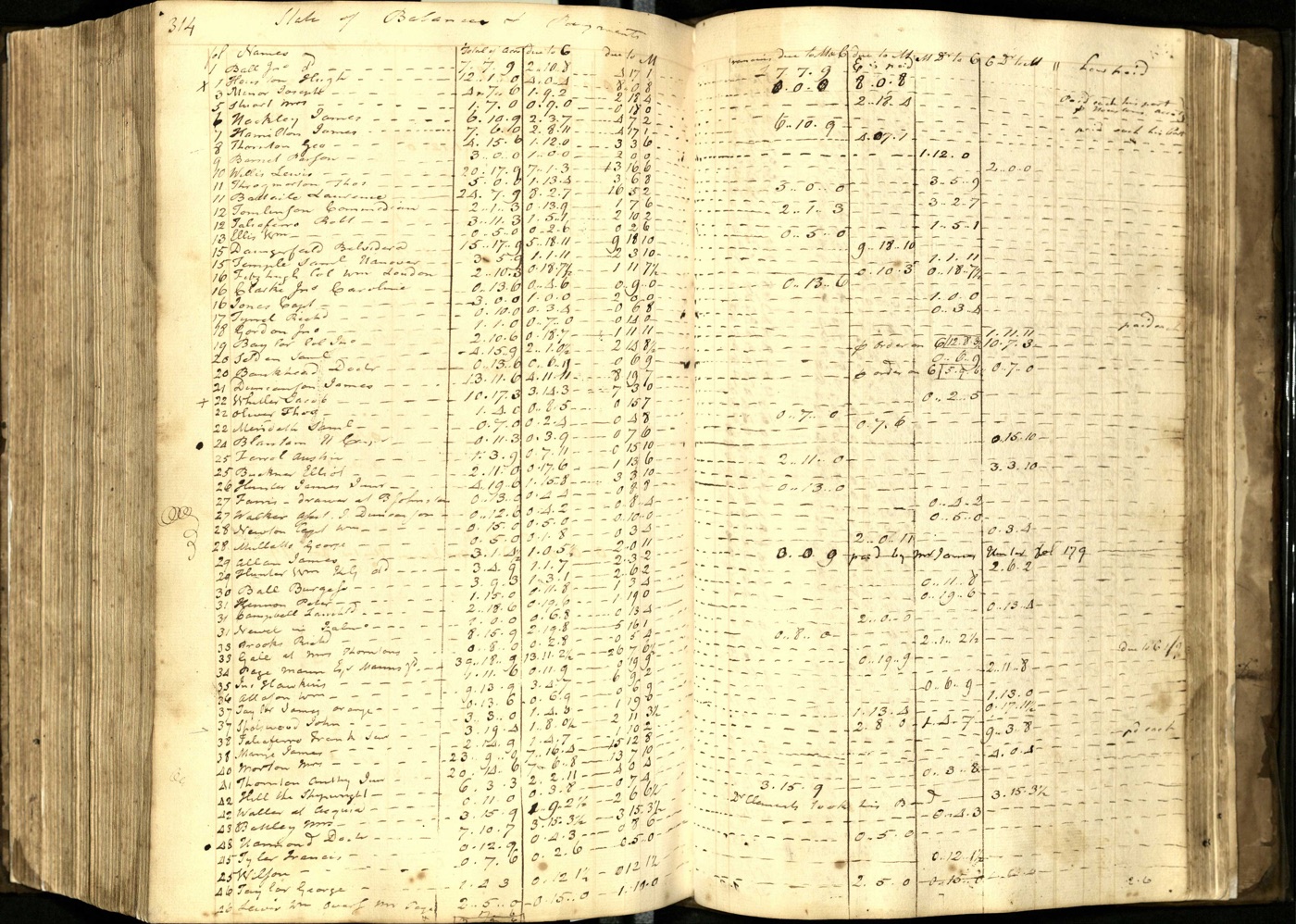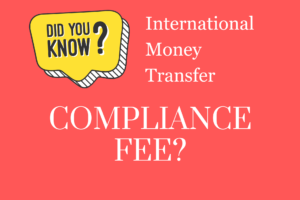Allow me to give a simpler example, of how the US pays other countries and vice versa.
Let’s say you are three friends, and each friend will be designated as a country, make belief of course.
- Harry (UK)
- Tom (US)
- Lucy (Germany)
So the three friends decide to all buy a register. A ledger if you will.
Each one takes a marker and writes their name of their country on the outside of the ledger.
Starting with Tom (US), he declares he will create $10,000 in wealth. Out of which $1,000 will be in currency notes and remaining US$ 9,000 will be in the ledger only. Tom can do that, because it is his country and he can create any amount of money he wants.
Harry (UK), decides to follow Tom’s footsteps, so he creates GBP 10,000 British Pound and out of which 1,000 are in cash.
Lucy (Germany, Eurozone) decides the same. Euro 10,000 out of which Euro 1,000 is in cash.
The three ledgers will look like the following:
Tom’s Ledger for the United States of America Total in my ledger: $ 9,000 Total in Cash with me: $ 1,000 ———————————————— Total Money Supply: $ 10,000 Harry’s Ledger for the United Kingdom Total in my ledger: £ 9,000 Total in Cash with me: £ 1,000 ———————————————— Total Money Supply: £ 10,000 Lucy’s Ledger for Germany/Eurozone Total in my ledger: € 9,000 Total in Cash with me: € 1,000 ———————————————— Total Money Supply: € 10,000
The Bicycle Trade with the UK
Let us say, Tom decides to buy a bicycle from Harry, and the cost of the Bicycle is £ 500. They both agree that £ 1 = $ 2 (just to make maths simple). So Tom would need to pay Harry, $ 1,000 (Calculation: £ 500 x $2/£1 = $ 1,000).
Harry ships the bicycle, and Tom and Harry agree to create ledger entries for the US Dollar.
This is how the ledger will now look like:
Tom’s Ledger for the United States of America Total in my ledger: $ 8,000 Total in Cash with me: $ 1,000 Harry’s Money with me: $ 1,000 ———————————————— Total Money Supply: $ 10,000 Harry’s Ledger for the United Kingdom Total in my ledger: £ 9,000 Total in Cash with me: £ 1,000 My US Dollars with Tom: $ 1,000 ———————————————— Total Money Supply: £ 10,000 + $1,000 Lucy’s Ledger for Germany/Eurozone Total in my ledger: € 9,000 Total in Cash with me: € 1,000 ———————————————— Total Money Supply: € 10,000
We have to set three rules for this game:
- Only the country owner can ‘magically’ create money for their own country and no one else. That is to say, Lucy can create money for Germany as many Euros as she wants. But she cannot create British Pound for Harry. It is because she does NOT have access to Harry’s Ledger and hence cannot unilaterally create money for a currency she has no control of.
- The cash notes are trade-able. Whomsoever brings them in, it will be honored. The game is to make the notes so complex, that they cannot be copied (counterfeit).
- In the event of a dispute, the currency’s owners Ledger will count. Meaning if Harry and Tom have a dispute as to how much British Pound Tom has, Harry’s ledger is the final authority.
The reason Harry’s Ledger has a US Dollar entry is that the two nations decided to trade. Harry has agreed to take the payment in US Dollar and have the balance maintained with Tom (as he is the issuer).
Buying some German Wrenches
Let us say, Tom decides to buy some high-quality German wrenches from Lucy, and the cost of these tools is € 800. They both agree that € 1 = $ 1.5 (just to make maths simple). So Tom would need to pay Lucy, $ 1,200 (Calculation: € 800 x $1.5/€1 = $ 1,200).
Lucy ships the tools, and Tom and Lucy agree to create ledger entries for the US Dollar.
This is how the ledger will now look like:
Tom’s Ledger for the United States of America Total in my ledger: $ 6,800 Total in Cash with me: $ 1,000 Harry’s Money with me: $ 1,000 Lucy’s Money with me: $ 1,200 ———————————————— Total Money Supply: $ 10,000 Harry’s Ledger for the United Kingdom Total in my ledger: £ 9,000 Total in Cash with me: £ 1,000 My US Dollars with Tom: $ 1,000 ———————————————— Total Money Supply: £ 10,000 + $1,000 Lucy’s Ledger for Germany/Eurozone Total in my ledger: € 9,000 Total in Cash with me: € 1,000 My US Dollars with Tom: $ 1,200 ———————————————— Total Money Supply: € 10,000 + $ 1,200
Again, the reason Lucy’s Ledger has a US Dollar entry is that the two nations decided to trade. Lucy has agreed to take the payment in US Dollar and have the balance maintained with Tom (as he is the issuer) for US Dollars.
UK and Germany decide to trade… in US Dollars
Harry and Lucy decide to trade. But for some odd reason, they decide to do this trade in US Dollars rather than British Pound and the Euro.
Let says Harry wants to buy Netflix subscription that Lucy has. Lucy got this subscription for free but it has an MSRP of say $ 50. Harry is willing to pay $50 for it, so how would this transaction look like (It is important to note, in the real world the transaction would be slightly different, but the general concept is the same).
Since both have their US Dollar balances with Tom (who is the issuer), Tom can act as the US Dollar clearing bank for both Harry and Lucy. Hence, he will adjust the ledgers by “moving” $ 50 from Harry’s ledger balance to Lucy’s.
This is how the ledger will now look like:
Tom’s Ledger for the United States of America Total in my ledger: $ 6,800 Total in Cash with me: $ 1,000 Harry’s Money with me: $ 950 Lucy’s Money with me: $ 1,250 ———————————————— Total Money Supply: $ 10,000 Harry’s Ledger for the United Kingdom Total in my ledger: £ 9,000 Total in Cash with me: £ 1,000 My US Dollars with Tom: $ 950 ———————————————— Total Money Supply: £ 10,000 + $ 950 Lucy’s Ledger for Germany/Eurozone Total in my ledger: € 9,000 Total in Cash with me: € 1,000 My US Dollars with Tom: $ 1,250 ———————————————— Total Money Supply: € 10,000 + $ 1,250
Using the same principals, multiple currency ledgers can be maintained. For each country, certain banks are designated for clearing and settlement of these foreign exchange balances and then the aggregated balances are reported to the central issuer.
—
This page was last updated on September 1, 2022.
–




